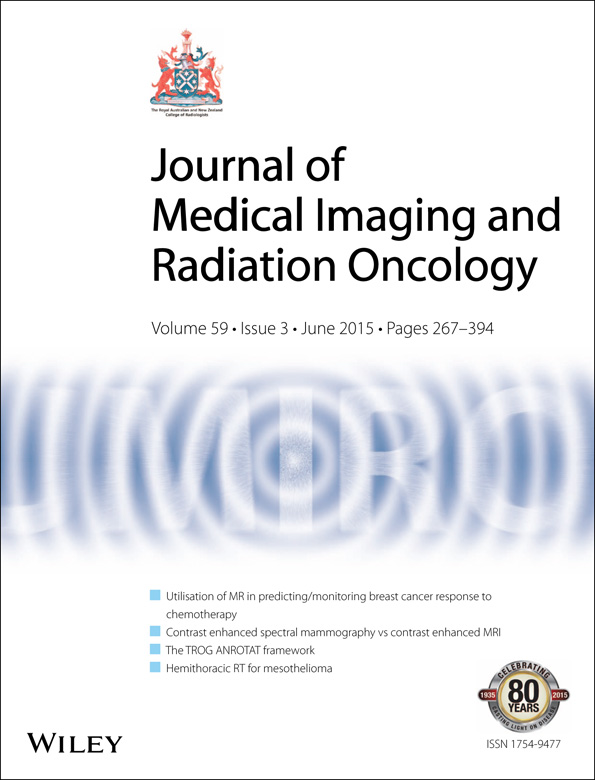Clinical equipoise: Protons and the child with craniopharyngioma
Abstract
Introduction
Childhood craniopharyngioma is a complex condition to manage. Survival figures are high but the potential for long-term morbidity is great. There is much debate regarding the best management for these tumours with increasing interest in the use of proton beam therapy. We have therefore reviewed our radiotherapy (RT) practice at Westmead Hospital and the literature regarding the use of protons for these children.
Methods
Three children have received fractionated stereotactic RT for craniopharyngioma at Westmead Hospital since 2007. Each RT plan was reviewed and additional organs at risk were contoured to enable comparison with published proton data.
Results
Planning target volume coverage was similar with all modalities: with the conformity index ranging from 0.70 to 0.78 in our patients compared with 0.50–0.84 in the published data. RT dose to temporal lobes, hippocampi and whole brain was also similar with protons and photons. Proton beam therapy may give lower dose to the Circle of Willis than stereotactic RT.
Conclusion
Currently there is no clear evidence that proton beam therapy will improve survival or reduce morbidity for children with craniopharyngioma. However, proton therapy has the potential to reduce RT dose to the Circle of Willis, which may reduce the risk of future cerebrovascular complications. We propose that more resources should be allocated to ensuring these patients are managed by experienced multidisciplinary teams through the continuum from diagnosis to long-term follow-up.




